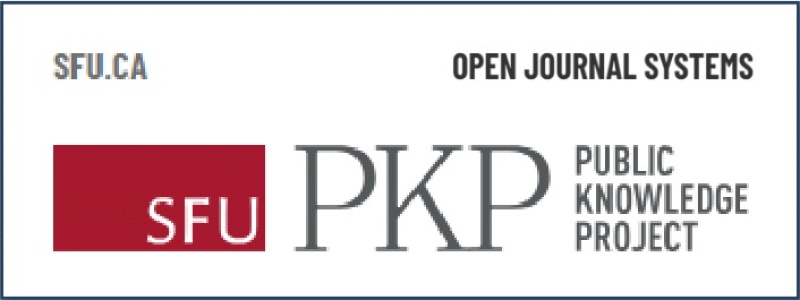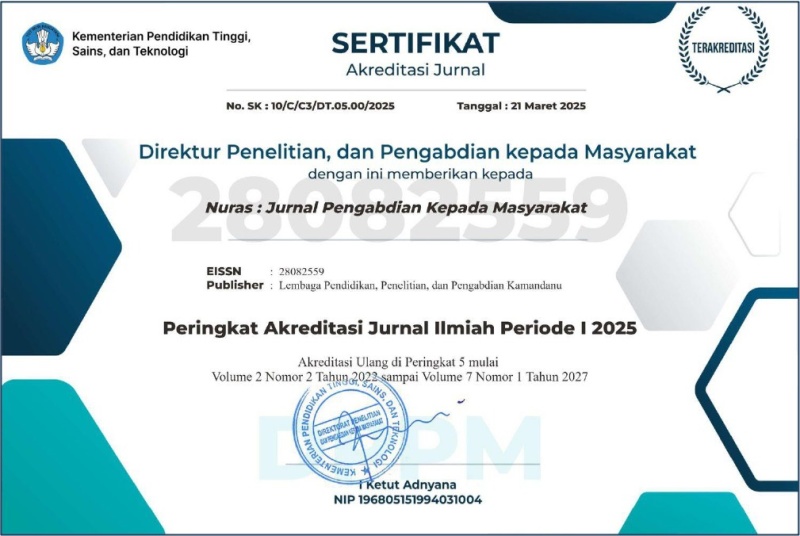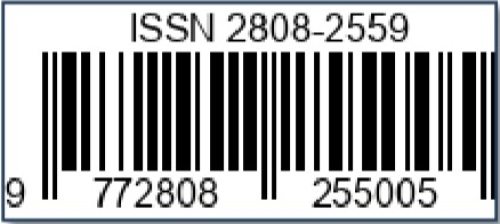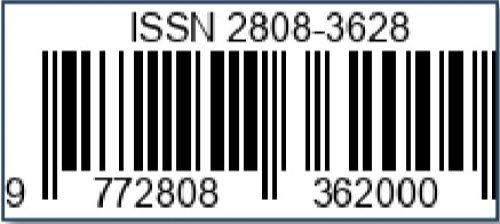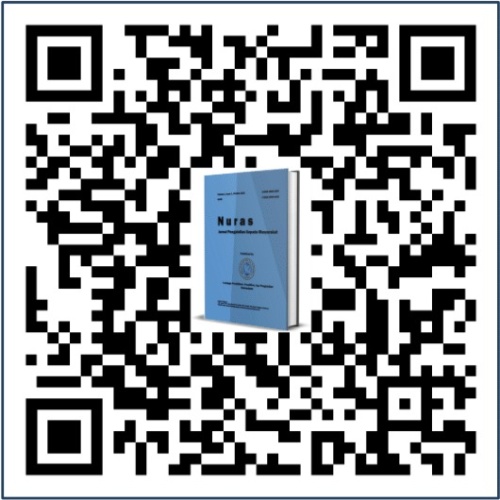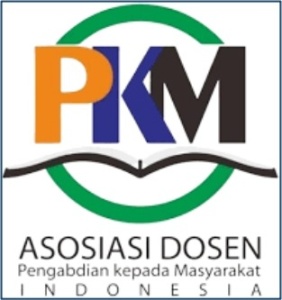Upaya Pemerataan Inseminasi Buatan pada Ternak Sapi di Kelurahan Laweyan Kota Surakarta
DOI:
https://doi.org/10.36312/nuras.v3i3.202Keywords:
Equity, Artificial Insemination, Breeders, Cattle.Abstract
The purpose of this community service activity is to equalize artificial insemination in cattle in Laweyan Village, Surakarta City. While the results obtained from this activity are if the government does free artificial insemination in Laweyan Village, it will further improve the economy of cattle breeders in Laweyan Village and increase the population of cross-breeding cattle in Laweyan Village. The artificial insemination program was carried out in Laweyan Sub-District, with 20 cattle breeders and 60 cows. In this activity, the implementation team carried out several activities to carry out the artificial insemination program. The number of female cows in all breeders is 60 cows, out of 60 cows we give the first hormone injection simultaneously within 1 day, after that we wait for the cows to go into heat for 11-12 days if there is no heat for 11-12 days we do the second injection, after that we wait for the cows to go into heat for 2-3 days, when the cows go into heat we wait for the right time to be artificially inseminated, then the heat for adult cows is 17 days .8 hours with a range of 2.4-28 hours while for heifers it is 15.3 hours, all activities take place according to directions from the local inseminator and veterinarian. If the farmer's cow starts to go into heat, we and the inseminator and the veterinarian perform artificial insemination, the success of artificial insemination can be determined by observing the cow's estrus cycle 21 days after the artificial insemination is carried out and the cow does not experience the first estrus, and also does not experience the second estrous cycle, then the cow is declared pregnant at 42 days. The number of 60 cows that received artificial insemination injections, the percentage of successful artificial insemination injections of all cows was 65%, it can be said that the artificial insemination injections that were carried out were successful.
Downloads
References
Azmi, D. U., Yekti, A. P. A., & Susilawati, T. (2022). Sex Ratio Fetus Hasil Inseminasi Buatan Menggunakan Semen Beku Dosis Tunggal dan Dosis Ganda pada Sapi Friesian Holstein. Ternak Tropika : Journal of Tropical Animal Production, 23(1), 46-53. https://doi.org/10.21776/ub.jtapro.2022.023.01.6
Jaya, I. (2021). Retrieved July 6, 2023, from P2P.KEMKES. Interactwebsite: http://p2p.kemkes.go.id/penguatan-sistem-kesehatan-dalam-pengendalian-covid-19/
Juliana, A., Hartono, M., & Suharyati, S. (2015). Repeat Breeder pada Sapi Bali di Kabupaten Pringsewu. Jurnal Ilmiah Peternakan Terpadu, 3(2), 42-47. http://dx.doi.org/10.23960/jipt.v3i2.p%25p
Kusuma, H. R., Kuswati., Huda, A. N., Prafitri, R., Yekti, A. P. A., & Susilawati, T. (2021). Evaluasi Tingkat Keberhasilan Inseminasi Buatan Double Dosis (Jam ke 2 dan ke 8) terhadap Kualitas Birahi pada Sapi Persilangan Ongole. Jurnal Ilmu Ternak Universitas Padjadjaran, 21(2), 94-101. https://doi.org/10.24198/jit.v21i2.33594
Rasyid, T. G., Kasim, S. N., Aminawar, M., Rohani, S. T., Darwis, M., & Kurniawan, M. E. (2018). Kelembagaan Kelompok Peternak Kambing di Kabupaten Jeneponto Provinsi Sulawesi Selatan. In Prosiding Seminar Nasional PERSEPSI III (pp. 55-60). Manado, Indonesia: Universitas Sam Ratulangi.
Septiawan, R. (2019). Evaluasi Tingkat Keberhasilan Program Inseminasi Buatan pada Sapi Potong di Kabupaten Morowali. Tesis. Universitas Tadulako.
Suardana, I. W. (2015). Zoonosis : Penyakit Menular dari Hewan ke Manusia. Yogyakarta: PT. Kanisius.
Sultan, R. (2018). Kajian Pelaksanaan Program Inseminasi Buatan dalam Mendukung Program Pencapaian Sejuta Ekor Sapi Pemerintah Sulawesi Selatan. Agrovital : Jurnal Ilmu Pertanian, 3(2), 87-92. http://dx.doi.org/10.35329/agrovital.v3i2.230
Warmadewi, D. A. (2014). Penggunaan Bioteknologi Reproduksi Mutakhir Inseminasi Buatan (IB) dalam Upaya Meningkatkan Produktivitas Sapi Bali. Makalah. Universitas Udayana.
Yusuf, M., Toleng, A. L., Hasbi., & Rauf, A. (2013). Pengaruh Perbedaan Metode Induksi Birahi terhadap Lama Birahi Ternak Sapi Perah. In Prosiding Seminar Nasional dan Forum Komunikasi Industri Peternakan (pp. 194-207). Bogor, Indonesia: Pusat Penelitian Bioteknologi LIPI.
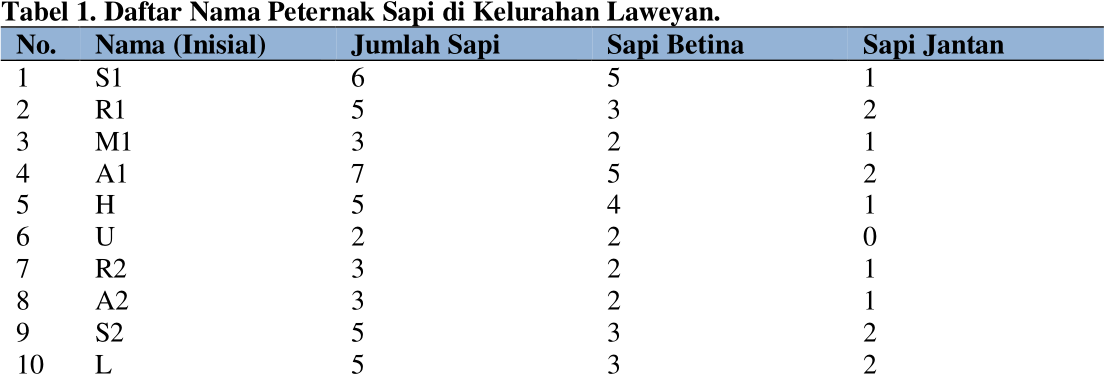
Downloads
Published
How to Cite
Issue
Section
License
Copyright (c) 2023 Uliya Estiwati & Didik Nugraha

This work is licensed under a Creative Commons Attribution-ShareAlike 4.0 International License.
-
Attribution — You must give appropriate credit, provide a link to the license, and indicate if changes were made. You may do so in any reasonable manner, but not in any way that suggests the licensor endorses you or your use.
-
ShareAlike — If you remix, transform, or build upon the material, you must distribute your contributions under the same license as the original.

